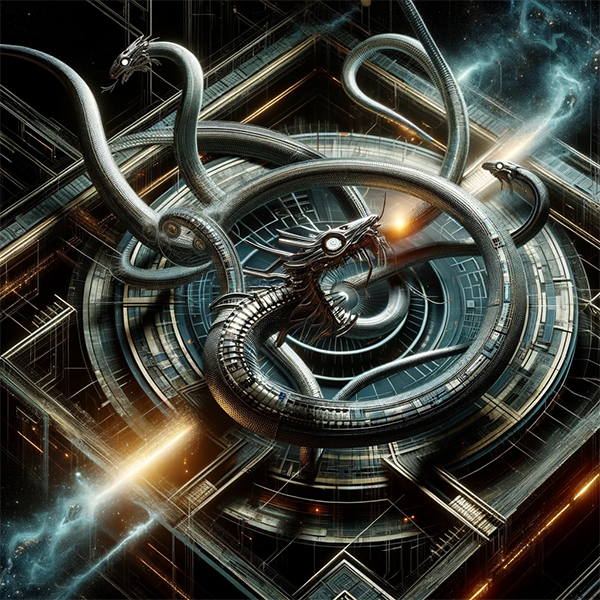






Have you ever stared into the vastness of space and thought how impossibly large it is and how incomprehensibly small you are in comparison? These existential musings were what I faced as I set out to help edit Tirzah Darnell’s sci fi novel of epic proportions. They say a space opera is a sub-genre of sci fi, a sprawling saga of characters in plots with varying degrees of subplots. The veins of The Planet of Darkness were as labyrinthine as the quickly spreading fissures smoking magma before a volcanic eruption. Most characters in this novel have numbers instead of names, reminiscent of the cult classic series from the 1960s, The Prisoner, starring Patrick McGoohan. However, instead of a white weather balloon chasing the protagonist, The Planet of Darkness has mechanical snakes that spy on the inhabitants and report back to a shapeshifting monster of a tyrant.
And not only do most of the characters have numbers for names, but all the systems of the society are intricately planned out, from its bureaucracy, to its economics, to its labor, to its class structure, from the Slump Bumps who, for the sake of efficiency, must exist in a continuous state of idleness, to the Duke of Distraction, who may provide any amusement you may need to avoid confronting the dismal reality of the Planet of Darkness.
And each of the main characters has a good reason to want off the planet, although escape is reportedly impossible.
To edit such a work was formidable. Thankfully, Tirzah Darnell, the author is a planner, not a pantser, and had everything outlined, sketched, mapped, and cross-referenced. And the author was on constant standby to answer my S.O.S. whenever I had a question. Why are the characters moving diagonal, forward, down two steps and sidestepping to the left? Ohhhh! It’s a giant chess game, and all the characters are the bishops, rooks, pawns, and knights. Why does the setting seem to have a mind of its own? Ohhhh, things on this planet have more agency than the people do.
My job was just to ensure continuity and correctness, avoiding redundancy, and tightening up the descriptions as needed. The “Find” tool in Word is a writer’s true friend. Find “-ly”, find “look”, find “up”, find “very”, find “down”, find “extremely.” Change “moved up to” into “approached” or “Sidled toward.”
When I read through the published text, I felt proud of the world that emerged – connected, clean, concise, while maintaining all of the author’s original voice, style, nuances, and well-planned sequencing of events. It’s like emerging from the dark side of the moon to realize how large and bright it is in the glorious light of the sun.



